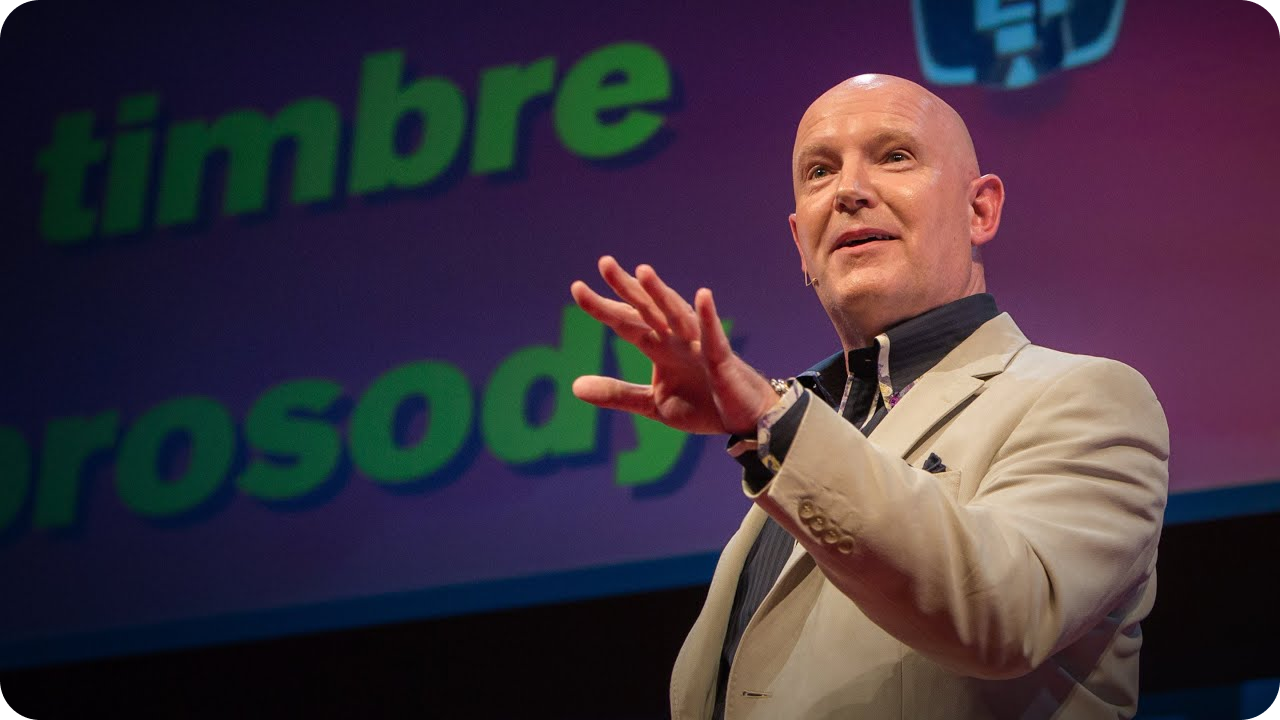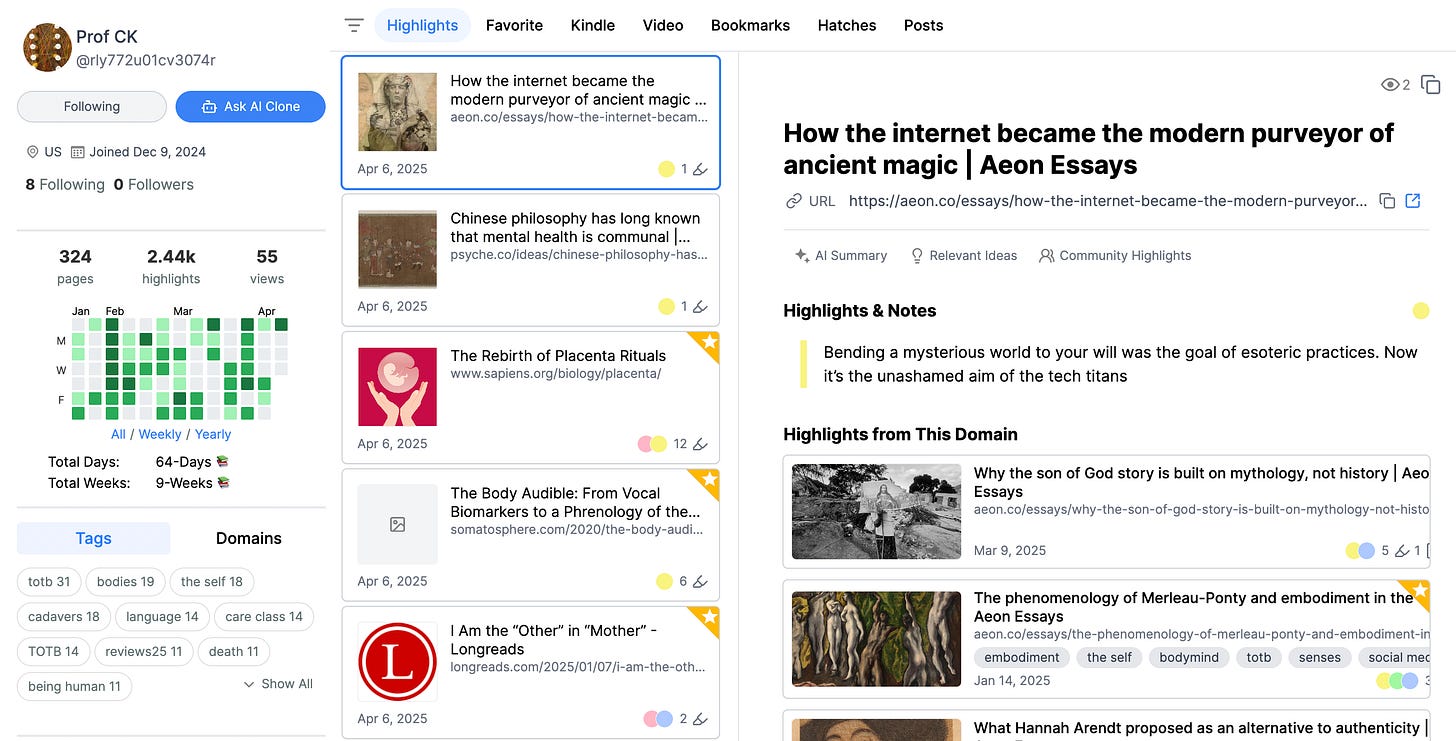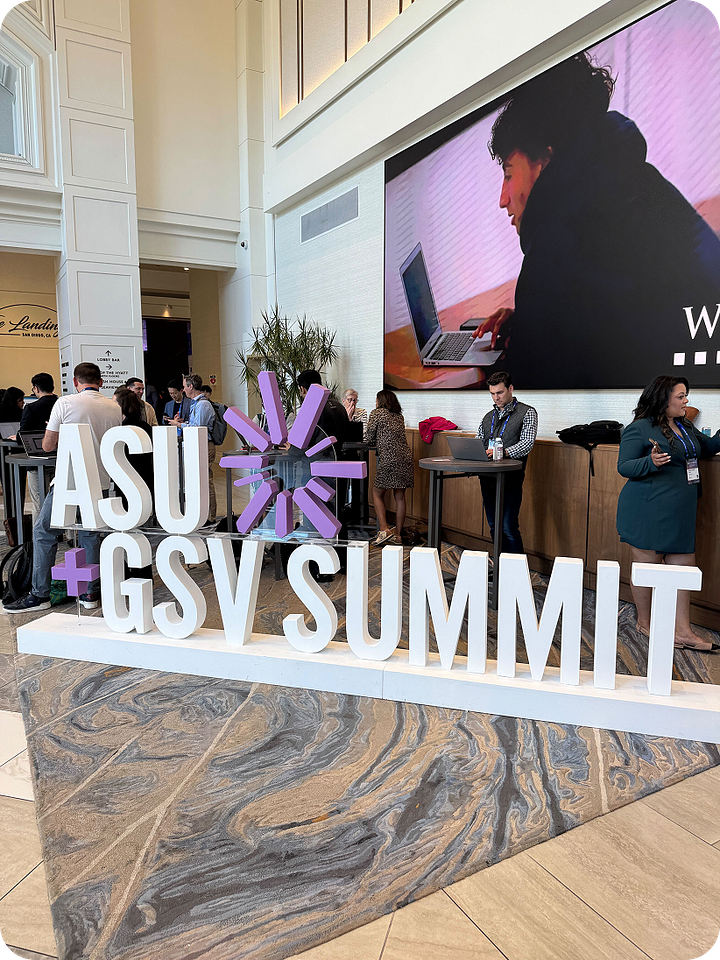April 8, 2025: How to Build Personal Moats
“We make a living by what we get, but we make a life by what we give”
― Winston Churchill
Hi friends,
We hand-picked 3 good pieces of content for you to highlight this week. We hope they’ll help you get new ideas and perspectives.
If you want to reread or highlight this newsletter, save it to Glasp.
📚 3 Good Recommendations

Build Personal Moats
by Erik Torenberg (5 mins)
- Develop a Unique, Durable Edge: A personal moat is a unique, hard-to-replicate advantage that compounds over time—built on rare skills, specific knowledge, or talent. It's legible (easy to describe and share) and ideally something you enjoy and are naturally good at (Ikigai framework).
- Avoid Commoditized Paths: Don’t follow playbooks or crowded paths—if something can be easily replicated or found on Quora, it’s not a moat. Instead, focus on building assets that grow over time like a newsletter, angel portfolio, or podcast, and look for opportunities in emerging fields or through exclusive relationships.
- Specialize or Combine Skills Creatively: Whether you’re a generalist or specialist, aim to be great at something or the intersection of multiple skills. Success often comes from creatively combining expertise, relationships, and sensibilities into a distinctive edge that others can't easily imitate.

Curiosity Snacks: How to Redirect Your Impulse to Know
by Anne-Laure Le Cunff (4 mins)
- Curiosity is like a craving: Just as we tend to eat what's within reach, we also consume the most accessible information. Curiosity, driven by the brain’s reward system, can either lead to enriching knowledge or junk content depending on our environment.
- Redirection over resistance: Instead of fighting impulsive curiosity, we should channel it by making small environmental tweaks—like using educational apps, placing books visibly, or installing helpful browser extensions—to guide us toward more meaningful content.
- Create your own “curiosity snacks”: Simple habits such as following thought-provoking accounts, subscribing to insightful newsletters, or setting up prompts can make curiosity a powerful tool for learning, without relying on willpower.

How to Speak So That People Want to Listen
by Julian Treasure (10 mins)
- Seven Deadly Sins of Speaking: Julian Treasure identifies common speaking habits that hinder effective communication, including gossip, judging, negativity, complaining, making excuses, exaggeration, and dogmatism, urging people to avoid these to foster better listening and understanding.
- The HAIL Principles: To speak powerfully and inspire change, Treasure introduces four foundational principles encapsulated in the acronym HAIL: Honesty, Authenticity, Integrity, and Love, which guide speakers in delivering authentic and meaningful messages.
- Vocal Toolbox: Treasure emphasizes the significance of vocal techniques such as register, timbre, prosody, pace, pitch, and volume, suggesting that enhancing these elements can improve how messages are received, ultimately leading to more impactful communication.
📣 Community
- 🟨 Launched on Product Hunt:
We launched “Glasp AI Clone: Learning Memory” on Product Hunt 🚀 With this new feature, you can seamlessly connect all your highlights and notes in one place, letting you talk with your personal AI to recall forgotten ideas, spark new insights, and build on your past knowledge. It would be amazing if you could visit and upvote for us! 🙌 - 🟥 Glasp Talk with Sean Ellis:Glasp Talk features intimate interviews with luminaries who reveal their emotions, experiences, and stories. The guest, Sean Ellis, is the legendary growth pioneer credited with coining “growth hacking.” He’s an early-stage marketing leader behind unicorns like Dropbox, Eventbrite, LogMeIn, and Lookout—businesses that reached billion-dollar valuations under his data-driven, experimentation-focused approach. Sean is also the creator of the “Sean Ellis test,” a go-to method for gauging product-market fit, and the ICE prioritization framework widely used by startups worldwide.
Are you enjoying our YouTube Summary extension?
If so, give us a 5-star rating! 👉 ☆ ☆ ☆ ☆ ☆
👀 Featured Curator on Glasp
Prof CK
Prof CK learns culture, history, philosophy, and more! Let’s follow him and learn together 🤝

Please mention @Glasp and share your profile page on X to get featured!
❤️ Gratitude
We found some people who mentioned Glasp in their articles and blogs, and we appreciate all the kindness!
- Forever 21’s branding downfall 📉, Python for SEO 🐍, copywriting rules to break ✍️ on TLDR Marketing
- How to Use Youtube SEO to Generate Motivated Seller Leads for Real Estate on Evergreen Marketing (formerly CarrotCast)
- Glasp: Organize Knowledge Efficiently With Smart Highlighting Tools on iyask.me
- We’re joining the ASU + GSV Summit today. It’s an honor for us to give a pitch Glasp at the event. If you’re in the event, let us know!

Thank you for sharing and mentioning us on X, LinkedIn, and/or in your blogs. 🙂 We appreciate your support! Please feel free to ask us anything at any time! Also, feel free to join our Slack community ;)
We hope you enjoyed reading this newsletter!
See you next week ;)
Best,
Kei and Kazuki
--
Would you like to take Glasp on the go?
With the Glasp mobile app, you can highlight and organize your favorite content anytime, anywhere. Stay productive on the move and never miss an insightful quote.
Partner With Glasp
We currently offer newsletter sponsorships. If you have a product, event, or service you’d like to share with our community of learning enthusiasts, sponsor an edition of our newsletter to reach engaged readers.
